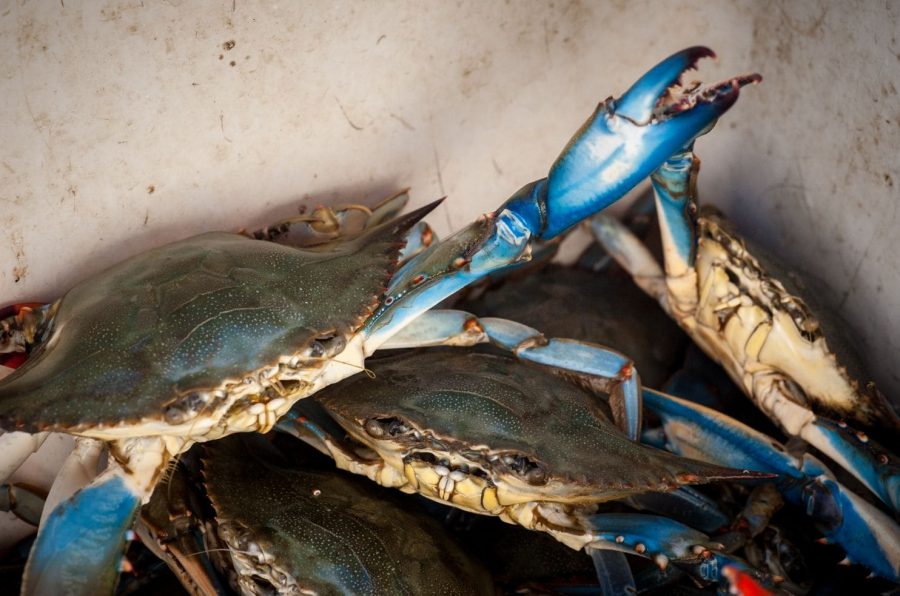Chesapeake Bay blue crabs are at their most plentiful in seven years, scientists say

There are nearly twice as many juvenile crabs in Chesapeake Bay waters as there were a year ago, according to an annual population survey.
Scientists in Maryland and Virginia found that the bay’s crabs are at their most plentiful in seven years.
The number of spawning-age females, a key measure of future population growth potential, reached 190 million, a 29 percent increase over the previous winter.
With a total of nearly 600 million crabs in the bay, the species is close to or above benchmarks that indicate a healthy and sustainable population.
“The female abundance of blue crabs is close to our target, and the juvenile population is above average,” Michael Luisi, fisheries monitoring and assessment director for the Maryland Department of Natural Resources, said in a statement.
The results suggest a strong crabbing season is ahead for Chesapeake watermen, with strong numbers of adults ready to be harvested as waters warm this month and a booming crop of young that could grow large enough to be legally caught by the fall, or the 2020 crabbing season.
“The blue crab population is both healthy and thriving, which is great news for the entire Bay,” Natural Resources Secretary Jeannie Haddaway-Riccio said in a statement.
The blue crab population can be notoriously fickle, challenging efforts to balance conservation and commercial harvest. Weather and current patterns can significantly help or hinder the spawning of a new generation of crabs each year, and cold temperatures can kill many crabs during the winter.
That’s what happened during the winter of 2018, when a third of adult crabs in the bay died while hibernating in the mud.
But ahead of the 2019 crabbing season, which began April 1, currents helped send a surging number of larval crabs up the bay, from their birthplace at the mouth of the Chesapeake. It was the second year in a row of strong growth in the juvenile crab population, from some of its lowest numbers of the past three decades in 2017.
The crab population hasn’t been larger in the bay since 2012. That year, juveniles numbered a record 587 million, while the population totaled 765 million in all.
In the annual crab survey, Maryland Department of Natural Resources and the Virginia Institute of Marine Science dredge up crabs, count and measure them before releasing them back into waterways at 1,500 sites throughout the bay from December through March.
hesapeake Bay Foundation officials called the results encouraging, but also not surprising, and urged officials to maintain strong limitations on the crab fishery. For example, watermen cannot catch male crabs less than five inches across from April through Jul 14, and 5¼ inches from July 14 through Dec. 15.
Robert T. Brown, president of the Maryland Watermen’s Association, said he was glad to see such restrictions “paying off for a change.” Plus, he added, Mother Nature was kind to the crabs.
“In some kind of way, she worked out for us,” he said.
Chris Moore, the Chesapeake Bay Foundation’s senior regional ecosystem scientist, said blue crabs have probably benefited from steady improvements in the bay’s health at large. Juvenile crabs rely on abundant underwater grasses to hide from predators, and on thriving oyster reefs to find food.
— Baltimore Sun
